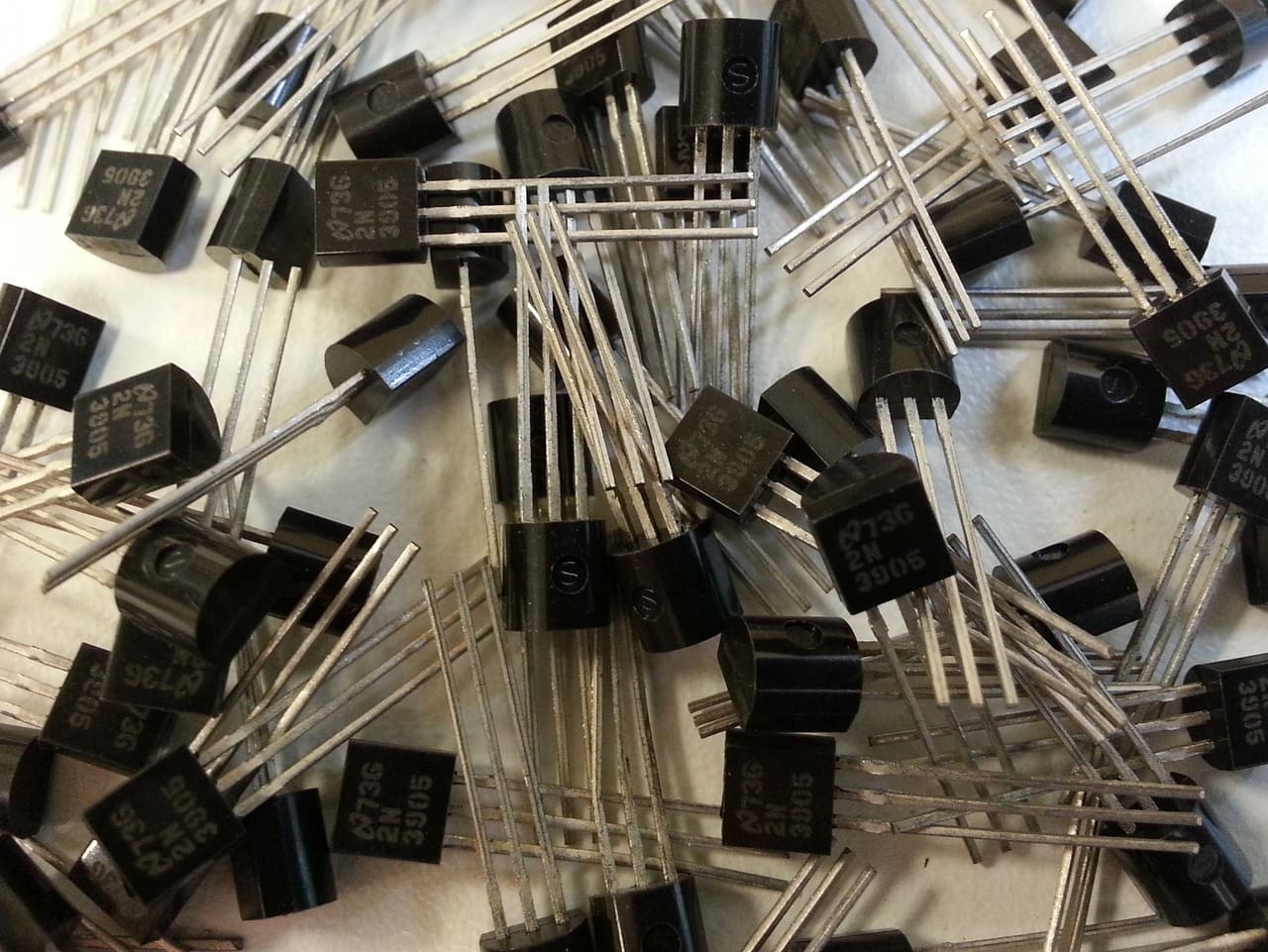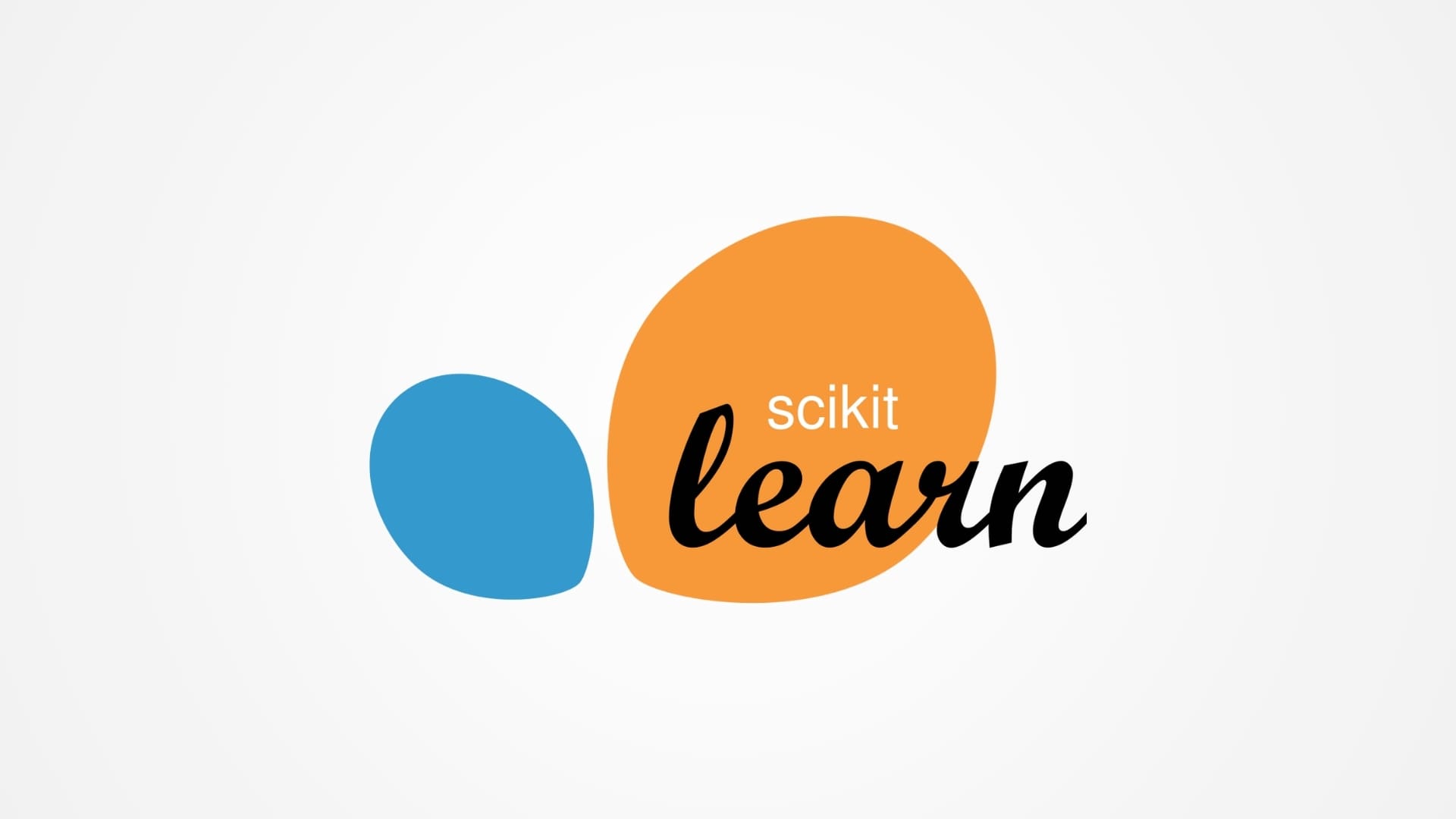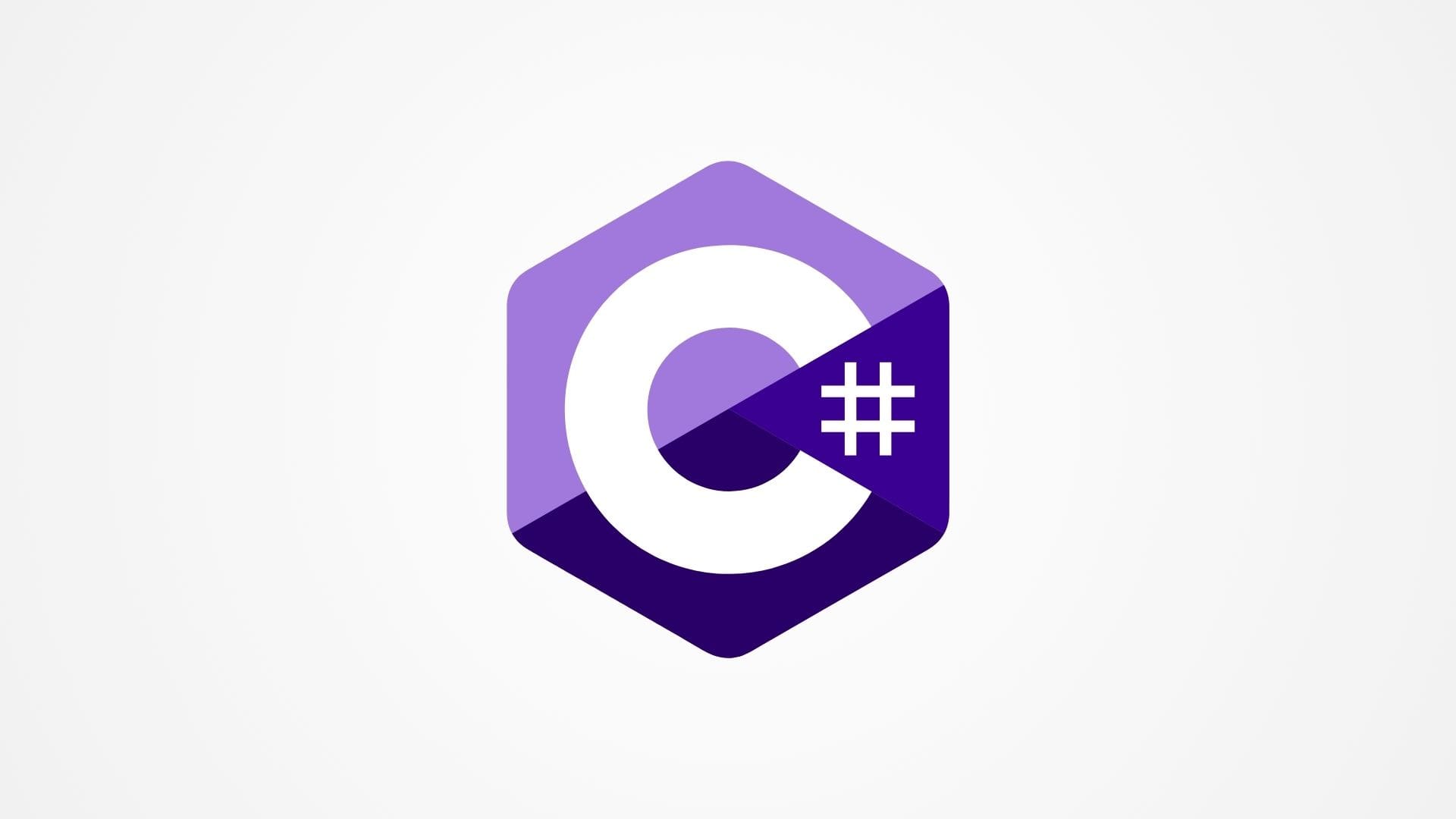Transistors are the fundamental building blocks of modern electronics, serving as the foundation for almost every electronic device we use today. These tiny, versatile components are used to amplify and switch electronic signals, making them essential in everything from simple household gadgets to complex computing systems and advanced communication technologies. Understanding how transistors work and their role in circuits is crucial for anyone interested in electronics, whether you’re a beginner, a student, or an aspiring engineer.
A transistor is a semiconductor device that can amplify current, acting as a switch or signal amplifier. It consists of three layers of semiconductor material, forming two p-n junctions. These layers create three terminals: the emitter, base, and collector, which are used to control the flow of current through the transistor. Transistors come in two main types: NPN and PNP, depending on the configuration of the semiconductor materials.
Transistors work by using a small input current or voltage at the base terminal to control a larger current flow between the collector and emitter. This control mechanism allows transistors to act as amplifiers for weak signals or as on/off switches in digital logic circuits. Their small size, low cost, and high reliability make transistors indispensable in all areas of electronics, from analog circuits to digital microprocessors.
How Transistors Work?
Transistors operate on the principle of current or voltage control. By applying a small input signal to the base terminal, you can control the current flow between the collector and emitter, effectively using a small input to manage a larger output.
Basic Operation: In an NPN transistor, for example, a small current flowing into the base allows a much larger current to flow from the collector to the emitter. This amplification process is controlled by the transistor’s current gain, known as beta (β), which is defined as the ratio of the collector current (IC) to the base current (IB):

The operation of a transistor can be understood by examining its three primary regions:
- Cutoff Region: In the cutoff region, the base-emitter junction is not forward biased, meaning no current flows through the transistor. In this state, the transistor acts like an open switch, blocking current flow between the collector and emitter.
- Active Region: In the active region, the base-emitter junction is forward biased, and the collector-emitter junction is reverse biased. This is where the transistor functions as an amplifier, with the collector current controlled by the base current. The active region is used for analog amplification in applications such as audio amplifiers and signal processing circuits.
- Saturation Region: In the saturation region, both the base-emitter and collector-emitter junctions are forward biased, allowing maximum current to flow through the transistor. In this state, the transistor behaves like a closed switch, offering minimal resistance to current flow. This mode is commonly used in switching applications, such as in digital logic circuits and power control.
The behavior of a transistor is typically illustrated using its input and output characteristics curves, which show the relationship between the base current, collector current, and collector-emitter voltage. These curves help engineers understand how the transistor will behave under different conditions, guiding its use in various circuit designs.
Types of Transistors
Transistors come in several types, each with unique characteristics suited for specific applications. The most common types are Bipolar Junction Transistors (BJTs) and Field-Effect Transistors (FETs), each with distinct operating principles and uses.
- Bipolar Junction Transistors (BJTs): BJTs are the most traditional type of transistors, consisting of either NPN or PNP configurations. BJTs are current-controlled devices where a small current at the base controls a larger current between the collector and emitter. NPN transistors are widely used because they provide better performance characteristics in most circuits compared to PNP transistors. BJTs are commonly used in amplification and switching applications, offering high gain and fast response.
- Field-Effect Transistors (FETs): FETs are voltage-controlled devices, meaning they use an electric field to control the flow of current. FETs have three terminals: the source, gate, and drain. FETs are further divided into Junction FETs (JFETs) and Metal-Oxide-Semiconductor FETs (MOSFETs).
- Junction FETs (JFETs): JFETs operate by using voltage applied to the gate terminal to control current flow between the source and drain. They have high input impedance and low noise, making them ideal for use in analog circuits, such as audio preamplifiers and signal processors.
- Metal-Oxide-Semiconductor FETs (MOSFETs): MOSFETs are the most widely used type of transistor in modern electronics, especially in digital circuits and power management. They come in two types: N-channel and P-channel, with N-channel MOSFETs being more common due to their superior performance. MOSFETs are known for their high switching speeds and low on-resistance, making them perfect for applications such as switching power supplies, microprocessors, and power amplifiers.
- Darlington Transistors: Darlington transistors consist of two BJTs connected in such a way that the current amplified by the first transistor is further amplified by the second one, resulting in an extremely high current gain. This configuration is useful in applications where very high amplification is needed, such as in motor drivers, relay drivers, and audio amplifiers.
- Insulated-Gate Bipolar Transistors (IGBTs): IGBTs combine the high input impedance of MOSFETs with the high current and voltage handling capabilities of BJTs. They are used in high-power applications like motor control, inverters, and switching regulators. IGBTs are valued for their efficiency and ability to handle large power levels, making them suitable for industrial and automotive applications.
- Phototransistors: Phototransistors are light-sensitive transistors that use light instead of electrical current to control the flow of electrons. They are commonly used in light-sensing applications, such as optical switches, light meters, and infrared detectors. Phototransistors are often found in devices where light detection and signal amplification are required.
How Transistors Are Used in Circuits?
Transistors are used in various ways in electronic circuits, primarily as amplifiers and switches. Their ability to control large currents with small inputs makes them invaluable in circuit design.
- Amplification: Transistors are widely used as amplifiers in audio, radio, and data communication circuits. By controlling the current flow, a transistor can amplify a weak input signal to a much stronger output, making it essential in devices like radios, speakers, and microphones. Amplification is also crucial in signal processing, where accurate signal reproduction is needed.
- Switching: In digital circuits, transistors are used as on/off switches that control the flow of current. This switching capability is the foundation of logic gates, which are the building blocks of digital electronics. Transistors enable the binary operations that power computer processors, memory, and other digital logic circuits.
- Oscillators and Signal Generators: Transistors are used in oscillator circuits to generate repetitive signals, such as sine waves, square waves, and pulses. Oscillators are essential in clock generators, radio transmitters, and frequency modulation circuits, where precise timing and signal generation are needed.
- Power Regulation: Transistors are key components in voltage regulators and power management circuits. They help maintain stable output voltages in power supplies, protecting sensitive components from fluctuations and ensuring consistent performance. Transistors used in power regulation are often configured in linear regulators or switching regulators, depending on the efficiency and performance requirements.
- Signal Modulation: Transistors are used in modulation circuits, where they control the amplitude, frequency, or phase of a signal. This is vital in communication systems, where information is encoded onto carrier signals for transmission. Transistors enable the creation of AM, FM, and other modulation techniques used in broadcasting and telecommunications.
Transistors, with their diverse types and versatile functions, are the core of modern electronics. Whether used to amplify signals, switch currents, or generate frequencies, their role in circuit design is indispensable.
Understanding Transistor Specifications and Ratings
Key Specifications of Transistors
When selecting a transistor for a specific application, it is essential to understand its key specifications and how they affect performance. These parameters help determine whether a transistor is suitable for amplification, switching, or other circuit functions.
- Current Gain (β or hFE): Current gain, also known as beta (β) or hFE, is a measure of how much the base current is amplified to produce the collector current. A high current gain means that a small base current can control a much larger collector current, making the transistor an effective amplifier. Current gain varies with temperature and operating conditions, and different transistors have different gain ranges suited to their specific uses.
- Collector-Emitter Voltage (VCE): The maximum collector-emitter voltage rating specifies the highest voltage that can safely be applied between the collector and emitter terminals without damaging the transistor. Exceeding this voltage can lead to breakdown and permanent failure of the device. It is crucial to select a transistor with a VCE rating higher than the operating voltage of the circuit to ensure safe operation.
- Collector Current (IC): This parameter defines the maximum current that can flow through the collector terminal. It is critical in determining the transistor’s capacity to handle current without overheating or becoming damaged. High-power transistors typically have higher collector current ratings, making them suitable for driving loads like motors, relays, or power amplifiers.
- Power Dissipation (PD): Power dissipation is the amount of power that the transistor can handle in the form of heat without exceeding its thermal limits. It is calculated as the product of the collector-emitter voltage and the collector current. Proper heat sinking or cooling is often required in high-power applications to manage heat dissipation and prevent thermal runaway.
- Saturation Voltage (VCE(sat)): Saturation voltage is the voltage drop between the collector and emitter when the transistor is fully on and conducting maximum current. Lower saturation voltages are preferred in switching applications because they reduce power loss and increase efficiency. MOSFETs are particularly valued for their low on-resistance, which minimizes saturation losses.
- Cutoff Frequency (fT): The cutoff frequency is the frequency at which the transistor’s current gain drops to one. It indicates the speed of the transistor and its ability to amplify high-frequency signals. High cutoff frequencies are essential in RF and high-speed digital applications, where transistors need to switch or amplify rapidly.
- Thermal Resistance (θJA): Thermal resistance measures how effectively a transistor can dissipate heat from its junction to the ambient environment. Lower thermal resistance indicates better heat dissipation, which is crucial in maintaining the stability and longevity of the transistor under high-power conditions.
Transistor Markings and Identification
Transistors are often marked with alphanumeric codes that identify their type and specifications. Understanding these markings helps in selecting the correct transistor and ensuring it meets the required circuit conditions.
- Part Numbers: Transistors are identified by part numbers that provide information about their characteristics. For example, the 2N2222 is a popular NPN transistor used for general-purpose switching and amplification. Similarly, the BC547 is a common low-power BJT used in small-signal applications. Part numbers can often be cross-referenced with datasheets to obtain detailed specifications.
- Package Types: Transistors come in various package types, such as TO-92, TO-220, and SOT-23, which indicate the physical size, pin configuration, and power handling capabilities. TO-92 packages are typically used for low-power transistors, while TO-220 packages are common in high-power devices that require heat sinking.
- Polarity Markings: Some transistors, especially BJTs, have markings that indicate their polarity (NPN or PNP). Correct identification of polarity is essential to ensure the transistor is connected correctly in the circuit, as reversing the connections can lead to incorrect operation or damage.
- Pin Configuration: Transistor packages have different pin configurations, commonly including the emitter, base, and collector for BJTs, or the source, gate, and drain for FETs. The pin configuration must be checked against the circuit requirements to ensure proper installation and operation.
Series and Parallel Transistor Configurations
Transistors can be connected in series or parallel to achieve specific design objectives, such as increasing current handling, voltage tolerance, or improving overall performance.
- Series Configuration: Connecting transistors in series is less common but can be used in applications requiring high voltage tolerance. In such configurations, each transistor shares part of the voltage drop, allowing the circuit to handle higher overall voltages. This approach is used in high-voltage switching and amplification scenarios.
- Parallel Configuration: Parallel transistors are used to increase the total current handling capacity of a circuit. By sharing the load, each transistor handles a portion of the total current, reducing stress on individual devices. This setup is common in power amplifiers and motor control circuits where high current is required. However, care must be taken to ensure balanced current sharing, as mismatched transistors can lead to uneven distribution and potential overheating.
- Darlington Configuration: The Darlington configuration involves two transistors connected in such a way that the output of the first transistor feeds into the input of the second. This arrangement significantly increases current gain, making it ideal for applications where very high amplification is required. However, Darlington pairs also have higher saturation voltages and slower switching speeds compared to single transistors, which can be a drawback in high-speed applications.
Practical Applications of Transistors
Transistors are versatile components used in a wide range of applications across different fields, from simple signal amplification to complex switching and control systems.
- Audio Amplifiers: Transistors are the core of audio amplifiers, where they amplify weak audio signals to drive speakers and headphones. High-fidelity audio systems use transistors to ensure clean, distortion-free amplification, providing clear sound quality for music, movies, and other media.
- Switch-Mode Power Supplies (SMPS): In SMPS, transistors act as high-speed switches that convert input power to regulated output power. MOSFETs and IGBTs are commonly used in SMPS due to their high efficiency and fast switching capabilities. These power supplies are found in computers, battery chargers, and industrial equipment.
- Digital Logic Gates: Transistors form the basic building blocks of digital logic gates, which are used to perform logical operations in computers and digital devices. Transistors in logic gates switch on and off rapidly, allowing them to execute millions of operations per second, which is the foundation of modern computing.
- Motor Control: Transistors are used in motor control circuits to regulate speed, direction, and torque. IGBTs and power MOSFETs are particularly suitable for driving large motors, such as those used in electric vehicles, industrial machinery, and robotics, due to their ability to handle high currents and voltages efficiently.
- Signal Modulation and Demodulation: Transistors are used in modulation circuits to encode information onto carrier signals for communication. They are also used in demodulation circuits to extract information from received signals. This is essential in radio, television, and wireless communication technologies.
- Temperature Sensors and Control: Some transistors are used in temperature sensing applications where changes in temperature affect the transistor’s operating characteristics. These transistors can be used in thermostats and temperature control circuits to monitor and regulate environmental conditions.
- Voltage Regulation: Transistors are used in voltage regulator circuits to maintain a stable output voltage regardless of input fluctuations or changes in load conditions. Linear regulators use transistors to drop excess voltage and provide a smooth, constant output, essential for powering sensitive electronic devices.
Transistors, with their wide range of types and capabilities, play an essential role in virtually every electronic system. Whether amplifying signals, switching currents, or regulating power, their contribution to modern technology is unmatched.
Advanced Applications and Future Trends in Transistor Technology
Specialized Transistor Applications
Transistors are not only used in basic amplification and switching but also serve specialized roles in advanced technologies. These applications leverage the unique properties of different types of transistors to meet the demands of modern electronics.
- High-Frequency Amplifiers and RF Circuits: In radio frequency (RF) and microwave applications, transistors such as RF MOSFETs and GaAs (Gallium Arsenide) transistors are used due to their ability to operate at extremely high frequencies. These transistors are crucial in communication devices, satellite transmitters, and radar systems, where they amplify and modulate high-frequency signals with minimal distortion.
- Power Inverters and Converters: Transistors, especially IGBTs and power MOSFETs, are key components in power inverters and converters. These devices are used in renewable energy systems, such as solar inverters and wind turbines, to convert DC power generated by solar panels or wind generators into AC power suitable for the grid. The efficiency and fast switching capabilities of these transistors are critical in minimizing power loss and improving overall system performance.
- Automotive Electronics: In automotive electronics, transistors are used in engine control units (ECUs), ignition systems, and electric vehicle (EV) powertrains. High-power transistors manage the switching of currents needed to drive electric motors and control fuel injection, ensuring optimal performance and efficiency. The robust nature of IGBTs makes them particularly suited for handling the high voltages and currents found in automotive applications.
- Microprocessors and Integrated Circuits (ICs): Transistors are the fundamental building blocks of microprocessors and integrated circuits, which power everything from smartphones to supercomputers. Billions of tiny transistors are etched onto silicon wafers to create the logic gates and memory cells that perform complex calculations and data processing. The continuous miniaturization of transistors, following Moore’s Law, has enabled the exponential growth in computing power over the past several decades.
- Photovoltaic Systems and Battery Management: In photovoltaic systems, transistors are used in maximum power point tracking (MPPT) circuits, which optimize the power output from solar panels. In battery management systems (BMS), transistors monitor and regulate the charging and discharging of batteries, ensuring safe and efficient operation in electric vehicles, portable electronics, and backup power supplies.
- Smart Sensors and IoT Devices: Transistors are crucial in the operation of smart sensors used in the Internet of Things (IoT) devices. These sensors, often incorporating MOSFETs or low-power BJTs, detect environmental changes such as temperature, light, or motion and transmit data to connected systems. The low power consumption and high sensitivity of these transistors make them ideal for battery-powered sensors in smart homes, industrial automation, and wearable technology.
- Amplifiers in Medical Equipment: Transistors are used in medical equipment, such as ECG machines, hearing aids, and medical imaging devices, to amplify biological signals. Their ability to precisely control current flow allows for accurate signal processing, which is critical in diagnosing and monitoring patients. The reliability and precision of transistors ensure that medical devices deliver consistent performance under strict safety standards.
Challenges and Considerations in Transistor Design
While transistors offer versatile and powerful functionalities, their design and application come with specific challenges that must be addressed to ensure optimal performance and reliability.
- Heat Management and Thermal Runaway: One of the primary challenges in high-power transistor applications is heat management. As transistors conduct large currents, they generate heat, which can lead to thermal runaway—a condition where increased temperature leads to increased current flow, further raising the temperature. Effective heat dissipation through heat sinks, fans, or advanced cooling techniques is crucial to prevent damage and maintain performance.
- Electromagnetic Interference (EMI): High-speed switching in transistors, especially in RF and high-frequency applications, can generate electromagnetic interference. This interference can disrupt the operation of nearby electronic components, leading to performance issues or data corruption. Careful circuit layout, shielding, and the use of low-noise transistors help mitigate EMI and maintain signal integrity.
- Miniaturization Limits: As technology advances, there is a continuous push to make transistors smaller to fit more onto a chip. However, as transistors shrink to the nanoscale, issues such as leakage currents, quantum effects, and reduced reliability become more pronounced. Research into new materials and novel transistor architectures is essential to overcome these challenges and continue the trend of miniaturization.
- Voltage and Current Ratings: Selecting transistors with appropriate voltage and current ratings is crucial to ensure safe and reliable operation. Exceeding these ratings can lead to breakdown, excessive heat, or circuit failure. Engineers must carefully analyze the expected operating conditions and choose transistors with sufficient headroom to handle transients and variations.
- Signal Integrity in High-Speed Applications: In high-speed and high-frequency circuits, maintaining signal integrity is essential for proper functioning. Transistors with fast switching times and low capacitance are needed to minimize signal degradation. Matching transistor characteristics to the specific needs of the circuit helps maintain clean, accurate signal processing.
- Material Constraints and Availability: The materials used in transistor manufacturing, such as silicon, gallium arsenide, and silicon carbide, have different properties that affect performance. The availability and cost of these materials can influence the design choices in high-performance and specialized applications. The ongoing development of alternative materials, such as graphene and carbon nanotubes, promises to expand the capabilities of future transistors.
Future Trends in Transistor Technology
The future of transistor technology is marked by rapid innovation and the continuous pursuit of better performance, efficiency, and integration. Emerging trends are set to redefine the role of transistors in modern electronics.
- FinFET and 3D Transistor Architectures: FinFETs (Fin Field-Effect Transistors) and other 3D transistor structures have been developed to overcome the limitations of traditional planar transistors. These advanced architectures provide better control over current flow, reduce leakage, and improve performance at smaller scales. FinFETs are widely used in the latest microprocessors and high-performance computing chips.
- Graphene and Carbon Nanotube Transistors: Graphene and carbon nanotubes are being explored as alternatives to silicon in transistor manufacturing. These materials offer exceptional electrical conductivity, high electron mobility, and the potential to operate at higher speeds with lower power consumption. Transistors made from these materials could lead to ultra-fast, energy-efficient electronic devices that surpass the capabilities of current technology.
- Quantum Transistors and Spintronics: Quantum transistors, which manipulate quantum states rather than classical electrical currents, are at the forefront of research in quantum computing. Spintronics, which uses the spin of electrons to process information, offers the potential for faster and more efficient data storage and transfer. These technologies are still in the early stages but hold promise for revolutionizing the computing landscape.
- Neuromorphic and AI-Driven Transistors: Transistors are being developed to mimic the behavior of neurons, enabling neuromorphic computing systems that operate like the human brain. These transistors can learn and adapt, making them ideal for artificial intelligence (AI) applications. The integration of AI-driven transistors into electronics could lead to smarter, more autonomous systems that can process information in new and innovative ways.
- Flexible and Wearable Electronics: The development of flexible transistors is driving the next generation of wearable and foldable devices. These transistors can be printed on flexible substrates, allowing for integration into clothing, medical patches, and other wearable technologies. The flexibility and durability of these transistors open new possibilities for health monitoring, smart textiles, and beyond.
- Eco-Friendly Transistors: As environmental concerns grow, there is an increasing focus on developing eco-friendly transistors made from sustainable materials with lower energy consumption. Research into biodegradable and recyclable electronic components aims to reduce the environmental impact of electronics, contributing to a more sustainable future.
Conclusion
Transistors are at the heart of modern electronics, enabling the amplification, switching, and control of electrical signals in virtually every device. From their humble beginnings as simple switches to their current role in cutting-edge technologies like quantum computing and AI, transistors have continuously evolved to meet the needs of an ever-changing technological landscape.
Understanding how transistors work, their various types, and their wide-ranging applications is essential for anyone involved in electronics. As technology continues to advance, transistors will play a pivotal role in shaping the future, driving innovations that will transform industries and everyday life.
With ongoing research into new materials, innovative designs, and advanced manufacturing techniques, the potential of transistors is limitless. Whether powering the next generation of supercomputers or enabling the smallest wearable devices, transistors will remain the cornerstone of electronic design, guiding the evolution of technology in the years to come.








